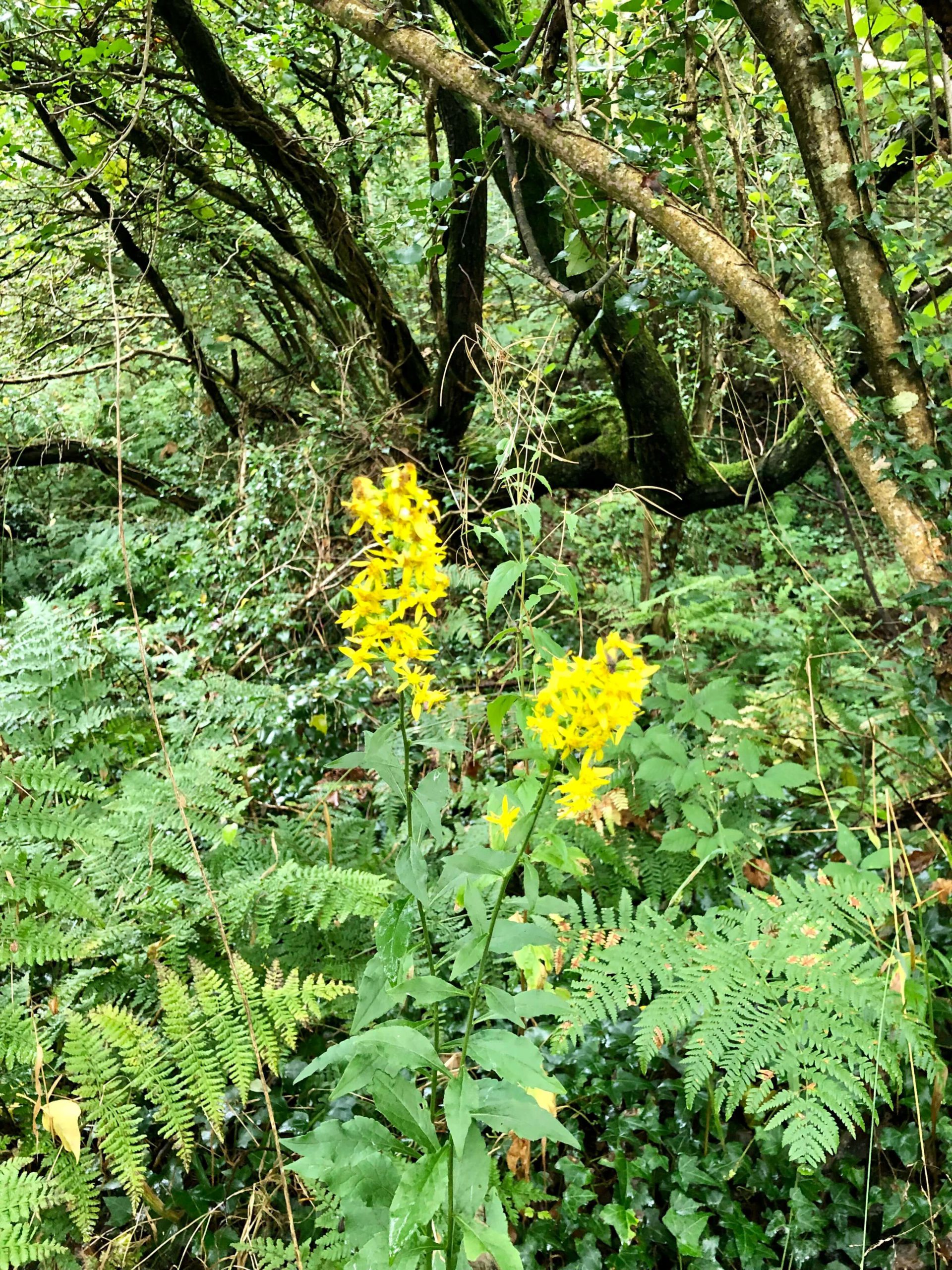Villagers of a remote village in India have become green warriors by successfully converting a deforested land into a vast green cover by planting over half a million saplings in the past one year.
For villagers in Tharabari, a remote village located close to Balipara Reserve Forest (BRP) in Sonitpur district of Assam, India, the forest that surrounded them has always been full of treasures. Other than firewood, they forage the jungle for medicinal herbs like seni bon, a cure for acidity, durun ful, a headache remedy and dupor tenga used to treat kidney stones. Over the years, however, the forest became severely denuded. So did these treasures and their livelihoods. This also led to soil erosion, loss of biodiversity and rise in human-elephant conflict.

Could afforestation offer a solution? In 2017, Balipara Foundation, a non-profit working for community based environment conservation had transformed barren land in Udalguri in Assam into a full-fledged forest with local help. The transformed forest was soon restored as an active elephant corridor. It also had experience running similar afforestation projects in other parts of the state. In Tharabari, however, when the Foundation initially explained the plan to afforest the area with indigenous trees, local attitudes initially proved to be an obstacle. Villagers feared that once this happened, their land would have to be handed over to the forest department.
Lucky for them that a local student, 21-year-old Junali Basumatary, understood that perhaps by restoring traditional biodiversity to the area, local livelihoods could get a much-needed fillip. She persuaded Jermia, 43, a local farmer, to participate. Together, they convinced 150 villagers to join the drive and paved the way for the Foundation to start their work at Tharabari.

The plantation drive had a three-fold strategy. “We started by offering them wages for the plantation that gave them livelihood. Then we asked them to build a community nursery from where we could purchase saplings,” explains Gautam Baruah, chief operations architect, Balipara Foundation. The project took off and today, planters and site supervisors earn between Rs 250-350 a day, considered a good livelihood here. Additionally, they also undergo training in multi-cropping and looking after the newly planted saplings.

From 0.25 million in 2020, Jermia and friends have already reached the grand figure of 0.47 million saplings planted this year at Tharabari. The project however, is fully dependent on Balipara Foundation as of now. It needs time and perhaps more community support to become self-sustaining.
Linking forest regeneration with livelihoods has ensured that villagers are not solely financially dependent on cultivating rain-fed paddy. It has also reawakened the community’s natural affinity for the forest. “It is unbelievable that we are managing to earn our livelihood without destroying the environment,” says Jernia. “The earth can certainly become a nicer place to stay if such efforts are replicated in other places!”
Author: Gurvinder Singh, The India Story Agency for Sacred Groves
Images Credit: Balipara Foundation
Did you enjoy this article?
Share with friends to inspire positive action.








